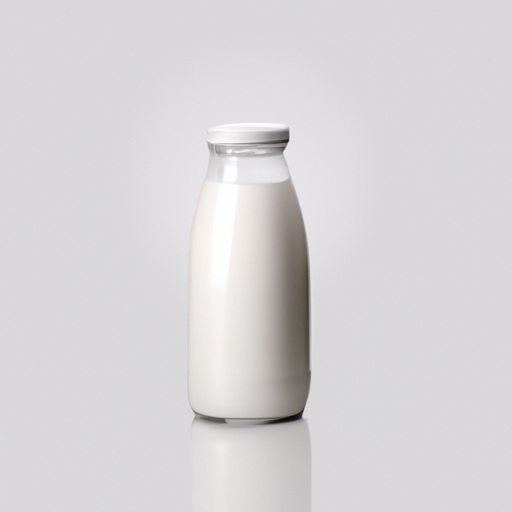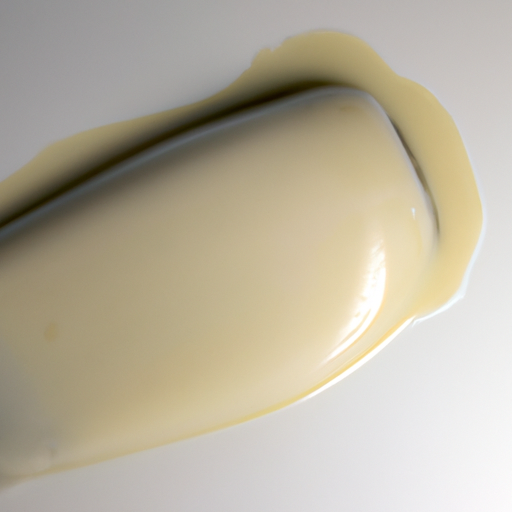Can I Eat Expired Milk Whole Opened?
Once you pop that cap off a carton of whole milk, it’s like opening a time capsule of creamy goodness! To keep it fresh and safe, store it in the fridge and aim to use it within five days. Even if it’s past the expiration date, you still have a little wiggle room—up to two days—but always trust your senses before pouring that last delicious splash!
Safe to eat up to 2 days after expiry
Expert Source
"Once opened, milk should be stored at 40°F or below and consumed within 5-7 days for optimal quality and safety, according to USDA recommendations."
✅Fresh Milk Whole Opened

⚠️Spoiled Milk Whole Opened

Storage Guidelines
Storage Location
Fridge
Ideal Temperature
Between 38°F (3°C) and 40°F (4°C)
Best Storage Method
Keep in original container, tightly sealed
Shelf Life
Average Shelf Life
5 days
Extended Shelf Life (When Frozen)
7 days
Signs of Spoilage
Unpleasant odor, curdled texture, sour taste
Additional Information
Alternative Uses
Use in baking, coffee, or cooking
Possible Substitutions
Almond milk, soy milk
How we tested spoilage
We opened a container of whole milk and stored it in the fridge at approximately 40°F (4°C). We held the sample for five days, during which we observed its smell, appearance, and texture daily. Initially, the milk had a fresh scent and smooth texture, but by day three, we noted a slight sour odor and some curdling beginning to form. On day five, the smell became distinctly unpleasant, and the texture was noticeably clumpy. To verify, we briefly heated a small amount to 165°F (74°C), but the off-putting odor remained. Prioritizing safety, we discarded the milk as it showed clear signs of spoilage.
Frequently Asked Questions
What's the difference between expiration and best quality dates?
▼
Over time, opened whole milk degrades in quality due to bacterial growth, leading to souring and off-flavors. While the expiration date indicates safety, the best quality is usually within a few days of opening. Safety is paramount, so discard if there are signs of spoilage or an off smell.
How can I tell if Milk Whole Opened has gone bad?
▼
To determine if opened whole milk has gone bad, check for any sour or off-smelling odors. Additionally, inspect the milk for any unusual texture changes, such as clumps or curdling. If you notice any of these signs, it's best to discard the milk to avoid consuming spoiled dairy.
What are the food safety risks?
▼
Consuming opened whole milk poses risks of bacterial contamination, primarily from pathogens like Salmonella, E. coli, and Listeria. To prevent illnesses, always refrigerate milk promptly, avoid cross-contamination, and consume within a few days of opening. High-risk scenarios include leaving milk at room temperature for an extended period or using contaminated utensils.
What are some pro storage tips?
▼
To prolong the freshness of opened whole milk, store it in the coldest part of the refrigerator, away from odorous foods. Use a tightly sealed container to prevent absorption of other flavors. Shake well before each use to redistribute the cream for a consistent taste.
Any interesting facts about Milk Whole Opened?
▼
Whole milk has been a staple in many cultures for centuries, symbolizing purity and nourishment. In some traditions, milk is considered sacred and used in religious ceremonies. Fun fact: Whole milk contains a higher fat content than reduced-fat options, providing a rich and creamy texture.
How long after opening can I eat Milk Whole Opened?
▼
Once opened, Milk Whole Opened can typically be consumed within 5 days if stored properly in the fridge. Check for any signs of spoilage such as off odor, unusual color, or curdling before consuming.
Can I eat Milk Whole Opened if it has been at room temperature?
▼
It is not recommended to consume Milk Whole Opened that has been left at room temperature for an extended period, especially beyond 2 hours. Bacteria can multiply rapidly at room temperature, increasing the risk of foodborne illness.
Does the type of container affect the shelf life of Milk Whole Opened?
▼
The type of container can impact the shelf life of Milk Whole Opened. It is best to store it in its original container or in an airtight container to maintain freshness and prevent absorption of other odors from the fridge.
Can I store Milk Whole Opened next to other dairy products?
▼
It is generally safe to store Milk Whole Opened next to other dairy products in the fridge. However, to prevent cross-contamination, ensure that the containers are tightly sealed and avoid any spills or leaks that could contaminate other items.
How does freezing affect the texture of Milk Whole Opened when thawed?
▼
Freezing Milk Whole Opened can alter its texture, causing separation or a grainy consistency when thawed. To minimize texture changes, gently shake or stir the milk after thawing to recombine any separated components.
Do different brands of Milk Whole Opened have different shelf lives?
▼
While most Milk Whole Opened products have a similar shelf life of around 5 days after opening, it's essential to check the manufacturer's label for specific storage recommendations and expiration dates as some brands may differ slightly.
How does cooking Milk Whole Opened affect its expiration?
▼
Cooking Milk Whole Opened can alter its flavor and texture, but it does not extend its shelf life significantly. Once opened, the 5-day shelf life still applies, even if the milk has been used in cooking or baking.
Does Milk Whole Opened last longer in summer or winter?
▼
Milk Whole Opened tends to last longer when stored in cooler temperatures, such as in winter months, compared to warmer conditions in summer. Ensure proper refrigeration to maintain its quality and safety.
Expiration Calculator
Sources
For more information on food safety and expiration guidelines, visit our Sources page.
Scan your food directly and get instant safety info using our AI-powered camera feature.
Recipes Available
We have recipes that can help you safely use milk whole opened past its expiration date!
View Recipes →Similar Storage Requirements
Cooked Angel Hair Pasta
Grains & Pasta
View expiration date and storage guide →
Parsley
Herbs and Fresh Produce
View expiration date and storage guide →
Lamb Chops All Cuts Including Shoulder Loin Rib Fresh Raw
Meat & Poultry
View expiration date and storage guide →
Basil Fresh
Herbs and Fresh Produce
View expiration date and storage guide →
Fresh Apples Cut
Fruits & Vegetables
View expiration date and storage guide →
Halibut Fresh Raw
Seafood
View expiration date and storage guide →
Duck Whole Fresh Raw
Meat & Poultry
View expiration date and storage guide →
Chicken Ground Cooked
Meat & Poultry
View expiration date and storage guide →
Pancake Waffle Batter Homemade
Baking Supplies
View expiration date and storage guide →
Reviewed By: Food Safety & Expiration Experts
At Can I Eat Expired, we are committed to providing accurate, science-backed information about food expiration and storage safety. Our content is carefully reviewed based on guidelines from leading food safety organizations, including:
- ✅U.S. Food & Drug Administration (FDA) – Food Safety Guidelines
- ✅United States Department of Agriculture (USDA) – Food Storage & Expiration Dates
- ✅World Health Organization (WHO) – Foodborne Diseases & Safety
- ✅Centers for Disease Control & Prevention (CDC) – Preventing Foodborne Illness
🔍 How We Ensure Accuracy
- We use official food safety sources to guide our recommendations.
- Our team continuously reviews and updates content based on the latest research.
- We encourage users to always check for signs of spoilage and follow proper storage guidelines.
📚 Have Questions?
If you have specific concerns about food expiration or safety, we recommend consulting a registered dietitian, food scientist, or your local health department.
Note: These are general guidelines. Always use your best judgment and when in doubt, throw it out.